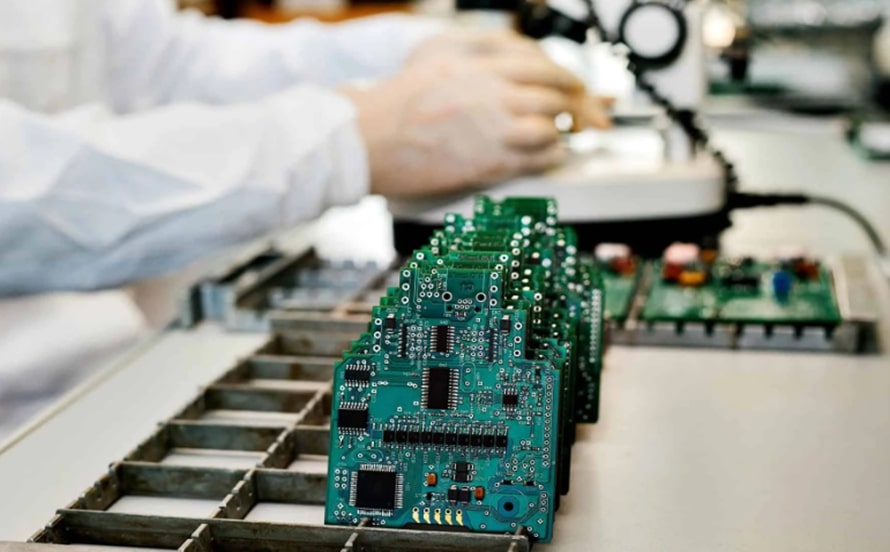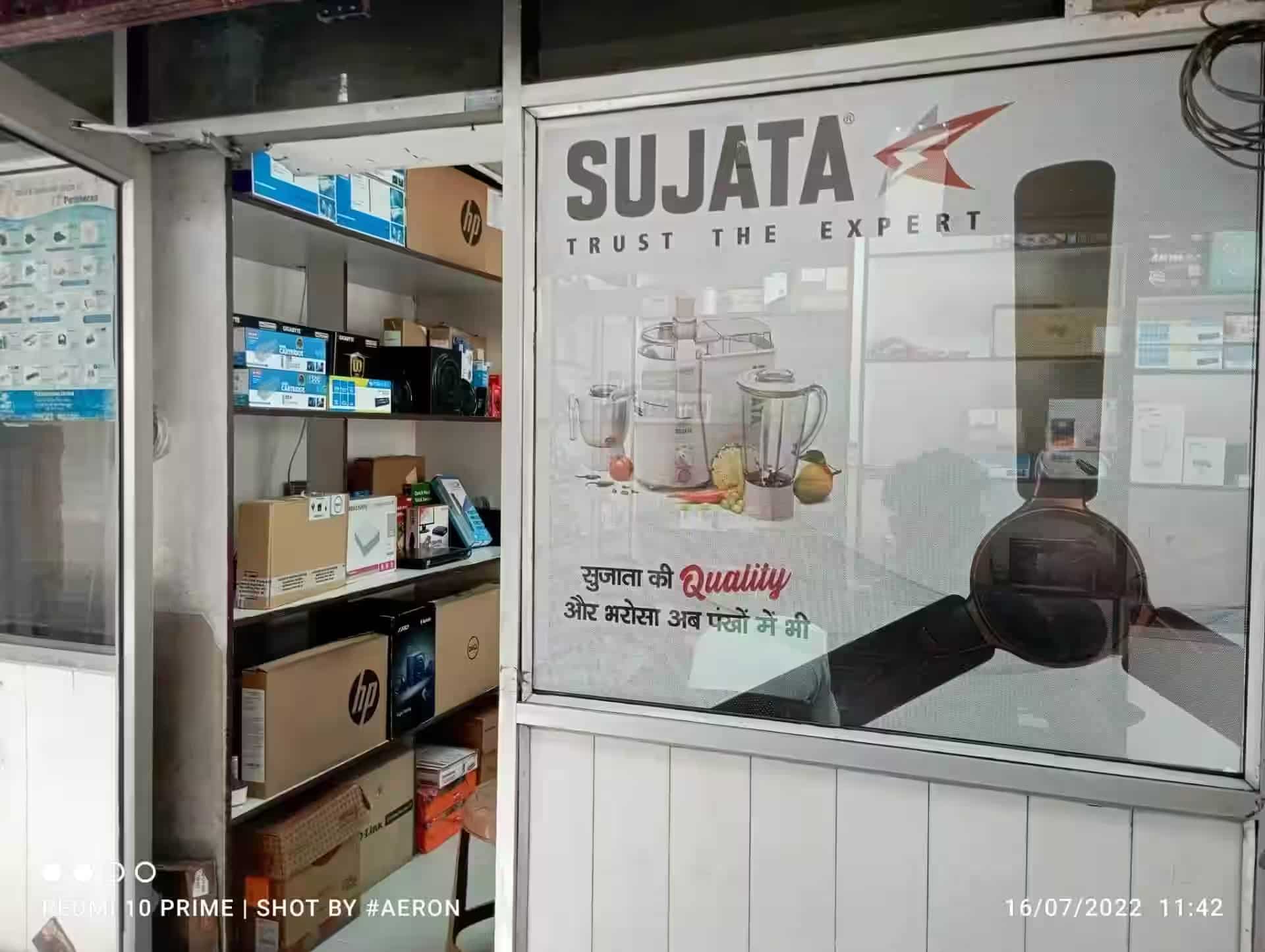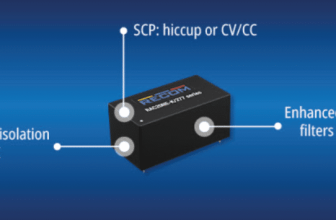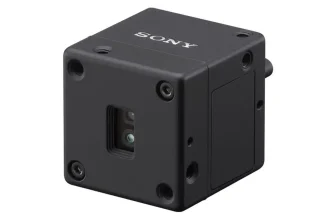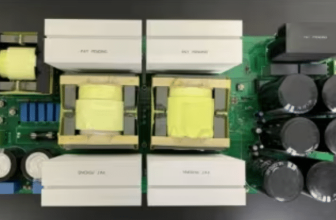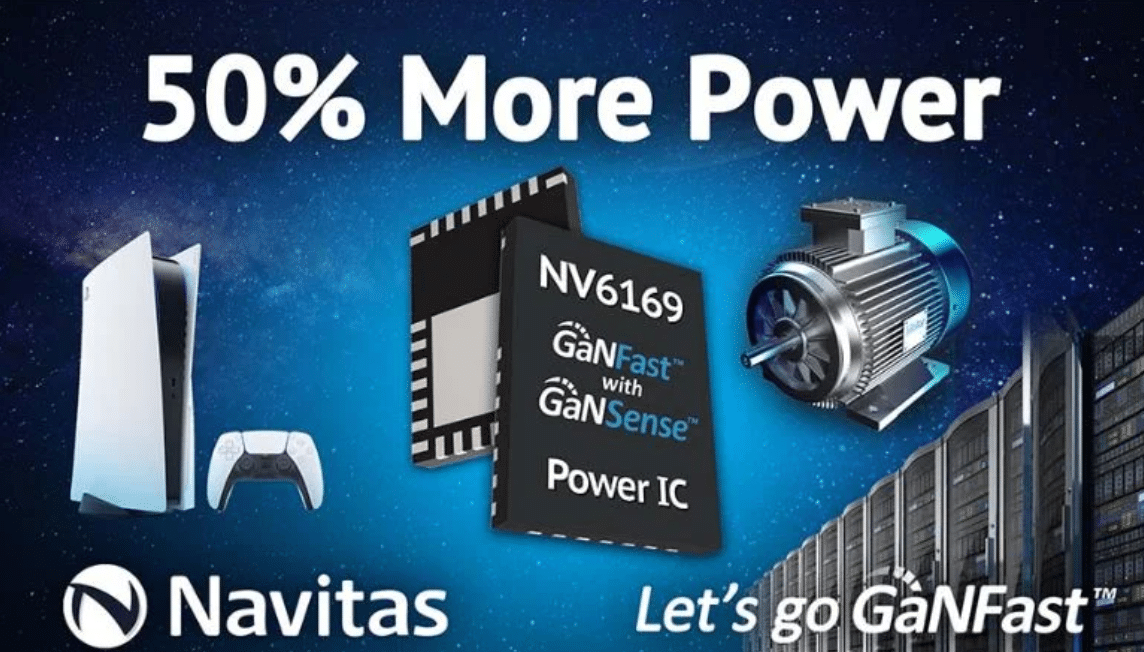
Check out our latest products
Delivers 97.9% efficiency and 92.36 W/cm³ power density to support 400 V DC architectures—ideal for AI, telecom, and industrial systems with tight space and thermal constraints.
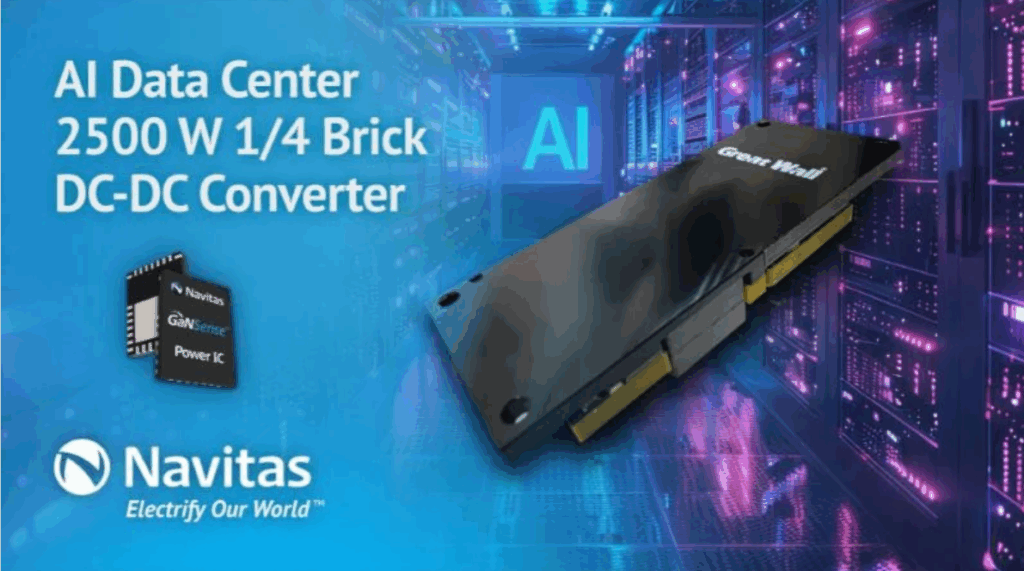
Navitas Semiconductor, in collaboration with Great Wall Power, has introduced a 2.5 kW DC-DC converter designed to meet the stringent power density and efficiency demands of modern AI-driven data centers. Housed in a compact quarter-brick form factor, this new module leverages Navitas’ advanced GaNSense NV6169 power IC to deliver exceptional performance in space-constrained environments.
Supporting the shift toward 400 V DC cabinet architectures, the converter enables data centers to optimize space utilization and reduce energy consumption. With a power density of 92.36 W/cm³—up to eight times greater than traditional silicon-based designs—operators can dedicate less space to power infrastructure and more to compute hardware.
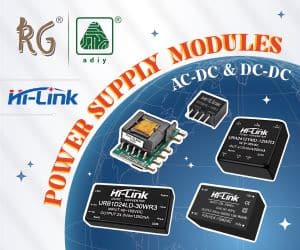
The key features are:
- Supports wide input voltage range: 320–420 VDC
- Achieves 97.9% efficiency at half-load
- Complies with Open Compute Project standards
- Provides 0.2% efficiency gain in high-frequency circuits
Central to the design is the NV6169 GaNSense power IC, a 650 V, 45 mΩ GaN device that integrates driver, protection, and lossless current sensing into a compact 8×8 mm PQFN package. Its built-in short-circuit protection activates in just 30 ns, significantly faster than conventional solutions. With an 800 V peak voltage rating and ultra-low profile, the NV6169 enhances thermal performance and reduces design complexity, achieving efficiency gain in high-frequency circuits.
Ideal for AI servers, telecom equipment, and industrial systems, this converter minimizes heat generation and cooling demands, simplifying system-level thermal design. Its small footprint and modular approach support scalable power delivery in high-density rack configurations.
This new solution addresses the growing need for efficient, compact power modules in data centers transitioning to 400 V DC systems. Beyond AI, the converter also benefits telecommunications and industrial applications with strict space and energy constraints.
For more information, click here.


![[5G & 2.4G] Indoor/Outdoor Security Camera for Home, Baby/Elder/Dog/Pet Camera with Phone App, Wi-Fi Camera w/Spotlight, Color Night Vision, 2-Way Audio, 24/7, SD/Cloud Storage, Work w/Alexa, 2Pack](https://m.media-amazon.com/images/I/71gzKbvCrrL._AC_SL1500_.jpg)



![[3 Pack] Sport Bands Compatible with Fitbit Charge 5 Bands Women Men, Adjustable Soft Silicone Charge 5 Wristband Strap for Fitbit Charge 5, Large](https://m.media-amazon.com/images/I/61Tqj4Sz2rL._AC_SL1500_.jpg)
